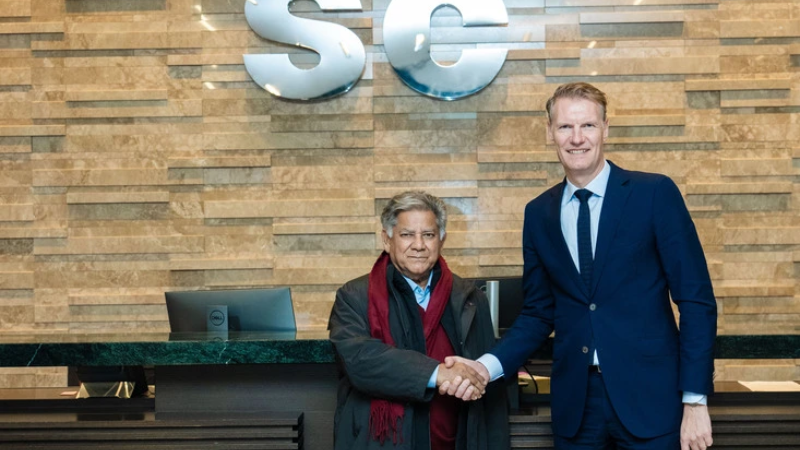Europe’s Trade Corridors Are Evolving – Maersk’s New E-Book Explains How to Stay Ahead
- barboraarendasova
- Oct 24
- 2 min read

As Europe’s infrastructure enters a new era of transformation, global logistics players face a paradox: billions are being invested in rail, ports, and inland waterways, yet the continent’s supply chains remain fragmented and complex. In its latest insight piece and accompanying e-book, Maersk dives into this reality, explaining why the path toward a resilient and sustainable European network runs through intermodal and multi-carrier flexibility, not waiting for a perfect future system.
The European Infrastructure Paradox
According to Maersk, the EU’s Connecting Europe Facility (CEF) approved 94 transport projects worth nearly €2.8 billion in 2025, with a strong 77% focus on rail modernization. Despite these historic investments, real-world logistics still faces daily hurdles: ongoing construction, regulatory fragmentation, inconsistent booking systems, and differing national standards.
New trade corridors like the Middle Corridor—linking Europe with Central Asia via the Caspian region—are already showing promise, with transit times reduced from over 40 days to around 20 and cargo volumes nearly doubling year on year. Yet even as potential grows, the short-term complexity increases for forwarders, shippers, and logistics managers navigating this evolving network.
Maersk’s Answer: Intermodal – Multi Carrier
Maersk’s newly launched Intermodal – Multi Carrier service is designed to bridge the gap between Europe’s infrastructure ambitions and day-to-day supply chain realities.
It integrates:
440 weekly trains across Europe
130 barges on key inland waterways
700+ vetted trucking partners for flexible first and last mile
Full carrier-neutrality, allowing inland legs regardless of your chosen ocean carrier
In short, the service provides a single point of contact across inland transport modes—reducing administrative burden, harmonizing data, and improving resilience even when marine or rail schedules shift.
A Smarter Way Through Transition
The e-book emphasizes that intermodal, multi-carrier logistics is not just a temporary fix, but a strategic model for the decade ahead. As construction disrupts old corridors and opens new ones, flexibility becomes the new efficiency.
For freight forwarders and logistics managers, this approach delivers:
Agility – choose the best inland route independent of carrier constraints
Simplicity – fewer contracts, fewer vendors, one contact point
Resilience – built-in redundancy to avoid disruption
Data transparency – real-time visibility from port to destination
By shifting from static routing to adaptive intermodal planning, companies can stay ahead of Europe’s evolving trade infrastructure—turning uncertainty into competitive advantage.
Download and Explore
Read the full article and download Maersk’s new e-book here: Navigating Europe’s New Trade Corridors with Intermodal – Multi Carrier


